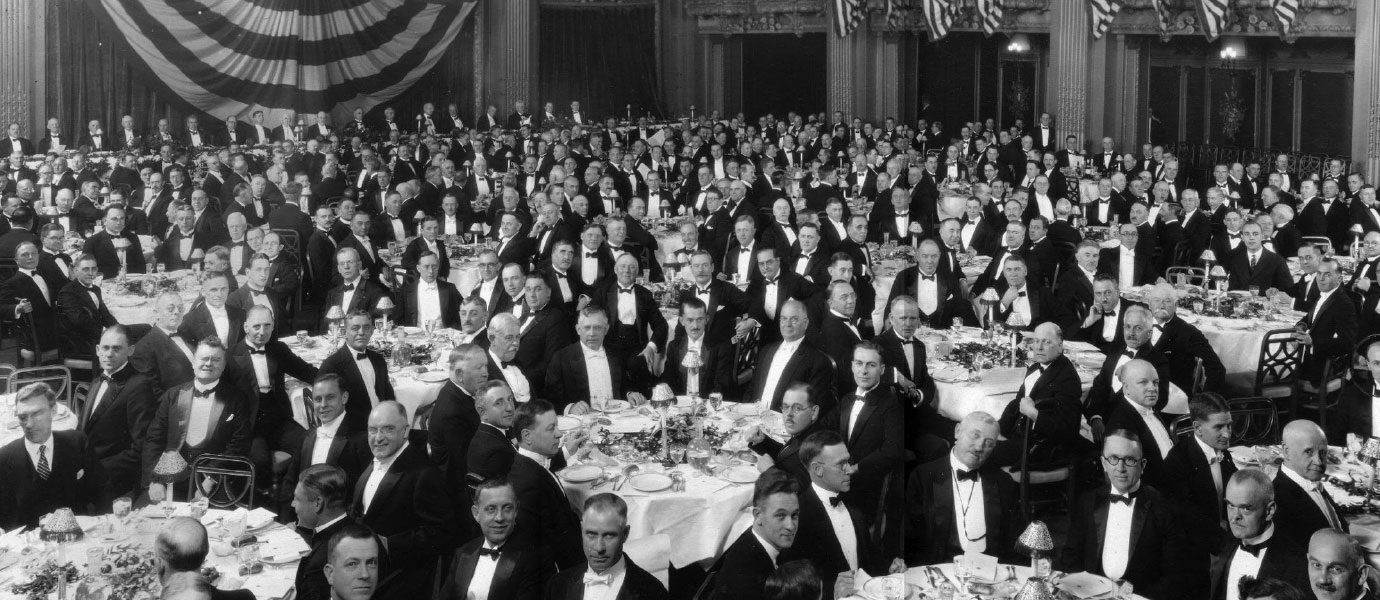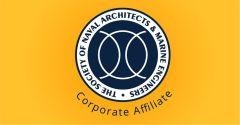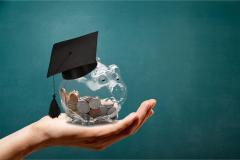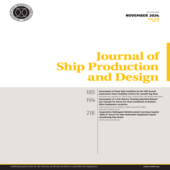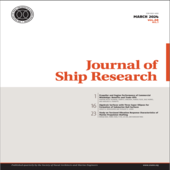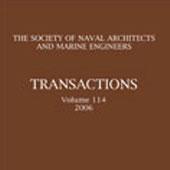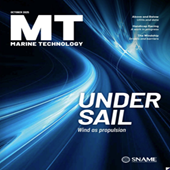Technical and research (T&R) | Bulletins and reports
This report has been compiled in response to an indicated need for a compilation of technical references on Ferro-cement and concrete as a construction and fabrication material for boats, barges, vehicles, and other structures that operate in the marine environment. Some 270 individual reports, papers, articles, and hard-bound books are to be found in this listing. They have been identified and selected by the members of the Task Group HS-6-4 (Ferro-cement) of The Society of Naval Architects and Marine Engineers Technical and Research Program as being articles of technical interest, with selected articles of historical interest included as well. As much as possible, popular articles without apparent technical merit have not been included.
One of the major problems that have developed in the field of high-speed waterborne surface craft, i.e., hydrofoils, planing craft, and air-cushion vehicles, is the lack of a set of standard technical terms to be used in conjunction with these crafts. In an attempt to rectify this situation, Panel MS-l (High-Speed Surface craft) of The Society of Naval Architects and Marine Engineers' Technical and Research (T&R) Program has prepared T&R Report R-17, "Glossary for High-Speed Surface Craft. This glossary is intended to define only those terms primarily associated with these craft and references other glossaries to define terms associated primarily with marine or aeronautical technologies.
After reviewing the methods by which frictional resistance of ships is calculated, this report explores the sources of hull roughness and how roughness affects the speed of ships over a time scale. The report discusses the role of coatings and cathodic protection in controlling roughness and establishes a relationship between the size and shape of roughness and the percentage of increase in hull resistance. Model resistance testing, using fiberglass castings from corroded ship plates is described, with some resultant data given, and related papers on roughness measurement are discussed.
The dynamic loads from liquid sloshing ship cargo tanks are discussed including a description of the test of sloshing phenomena and resulting pressures and forces that can occur in cargo tanks. A review of both experimental and theoretical studies for establishing resonant sloshing conditions and tank loading is given. Also, a review of recorded ship damages is presented along with recommended guidelines and criteria for designing liquid cargo tanks to withstand the dynamic loads attributable to liquid sloshing.
This report is an attempt to define, generally, the communications requirements of marine freight terminals and, given the state of the art, to suggest areas where research effort toward making improvements is indicated, it is based on the determination of the nature of the terminal's function and observation of the methods necessary to process freight through it. The indication is given of some systems that have been adopted to meet communications requirements and their cost.
This report at first discusses in fundamental terms the nature of galvanic corrosion, and electron flow, and then examines the behavior of dissimilar metals in a sea water-electrolyte, and of how applied currents can protect steel surfaces. With this background, the report then details the design, application, and maintenance of both galvanic anode systems and impressed current systems, covering types of anodes and shields, method of attachment, power supplies, and current requirements, monitoring, and precaution to be taken during docking.
The influence of rudder size and rudder angular on maneuvering performance of a typical large tanker (the 250.000 DWT type) was examined by digital computer motion simulations of turning and Z-maneuvers under open, deep water conditions, The mathematical model is based on hydrodynamic data obtained from captive model tests carried o“t in the rotating-arm facility. Ship response in turning and particularly in Z-maneuvers is improved by increasing the rudder angular velocity. The improvement is more significant at lower rudder angular rates and higher ship speeds. At rates greater than the present standard of 2.3 degrees per second, the improvement due to increased rate is less noticeable than at rates lower than standard. At ship speeds less than 16 knots the improvement is proportionately reduced until at modest maneuvering speeds such as 4 to 8 knots it becomes relatively insignificant. Increasing the rudder size from its design value has relatively little effect on turning performance but somewhat improves Z- maneuver response. In particular, the lateral overshoot of the ship trajectory is reduced with an increase in rudder size. The effect of the rudder rate shown in this study is for a typical 250,000 DWT tanker at the fully loaded condition and is largely affected by ship size and speed.
This Report provides information and guidance to designers and shipbuilders on the proper design precautions necessary in a machinery plant to prevent damage to the boiler and superheater during light-off. In addition, guidelines for operation and maintenance are provided, in order that the ship operator may continue to expect safe plant start-up throughout the life of his ship.
The Society of Naval Architects and Marine Engineers (SNAME), by the size and diversity of its membership, is in the unique position to coordinate research planning for the maritime industry. This report summarizes the activities of the Advance Planning Committee since its inception and recommends new directions for the Society.
T&R Report R-25: Results of a Survey on Shaft Alignment Procedures Used by American Shipyards (1978)
Although the importance of proper alignment of the propulsion shafting has been a well-publicized recent year, discussions among M-16 Panel members involved in all phases of shipbuilding and repair indicated that there still appeared to be some lack of knowledge surrounding the subject within the industry. In general, it was felt by the panel members that most designers of new ships were aware of the various alignment criteria for shafting systems and were designing new ships with shafting systems that met the criteria. However, it was noted that often in repair work, particularly in older ships the shafting systems were poorly designed and usually no data exists on the desired alignment. In addition, frequently the personnel performing the work are not aware of the importance of proper alignment.
For example, if no other information is available, a repair facility may realign a shaft system with all bearing on a straight line, whereas the original alignment called for some bearing to be offset to improve the load distribution and contact in the bearings or perhaps provide proper alignment with a reduction gear. In such a case, the straight-line alignment could result in wiped bearings, excessive gear wear, or perhaps a vibration problem.
The panel decided to conduct an alignment survey of American Shipyards. The questionnaire covers (1) the criteria used in evaluating shipboard alignment, (2)acceptable tolerances on alignment, and (3)methods used for measuring alignment.
The intent of this report is to make the results available to the industry in an effort that can be reasonably expected of a shipyard by a shipowner when an alignment check in necessary in a ship.
